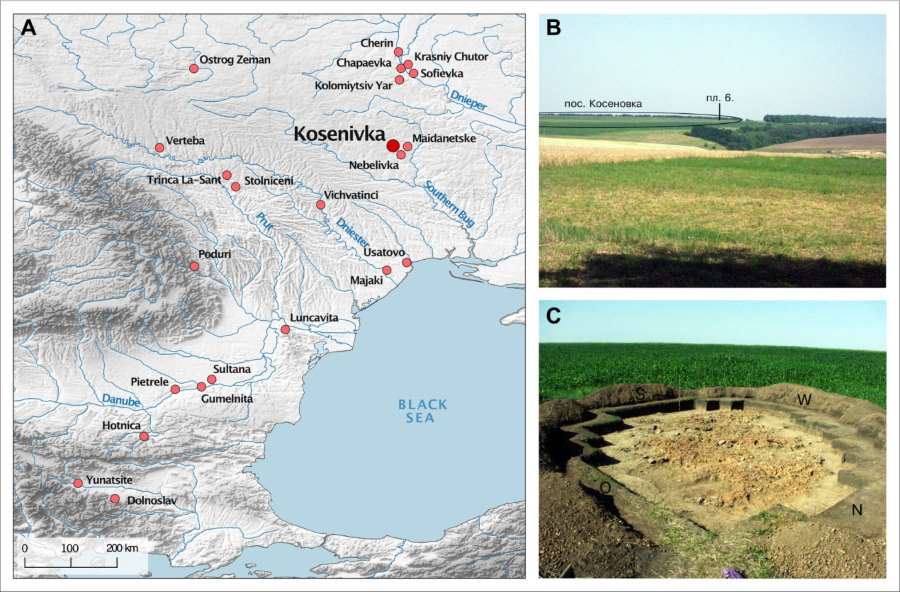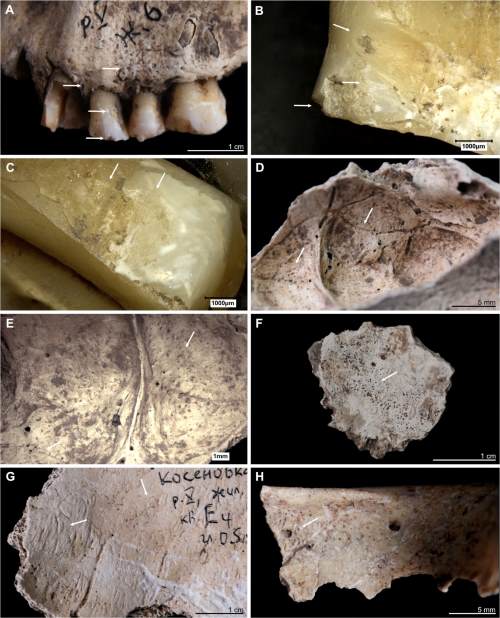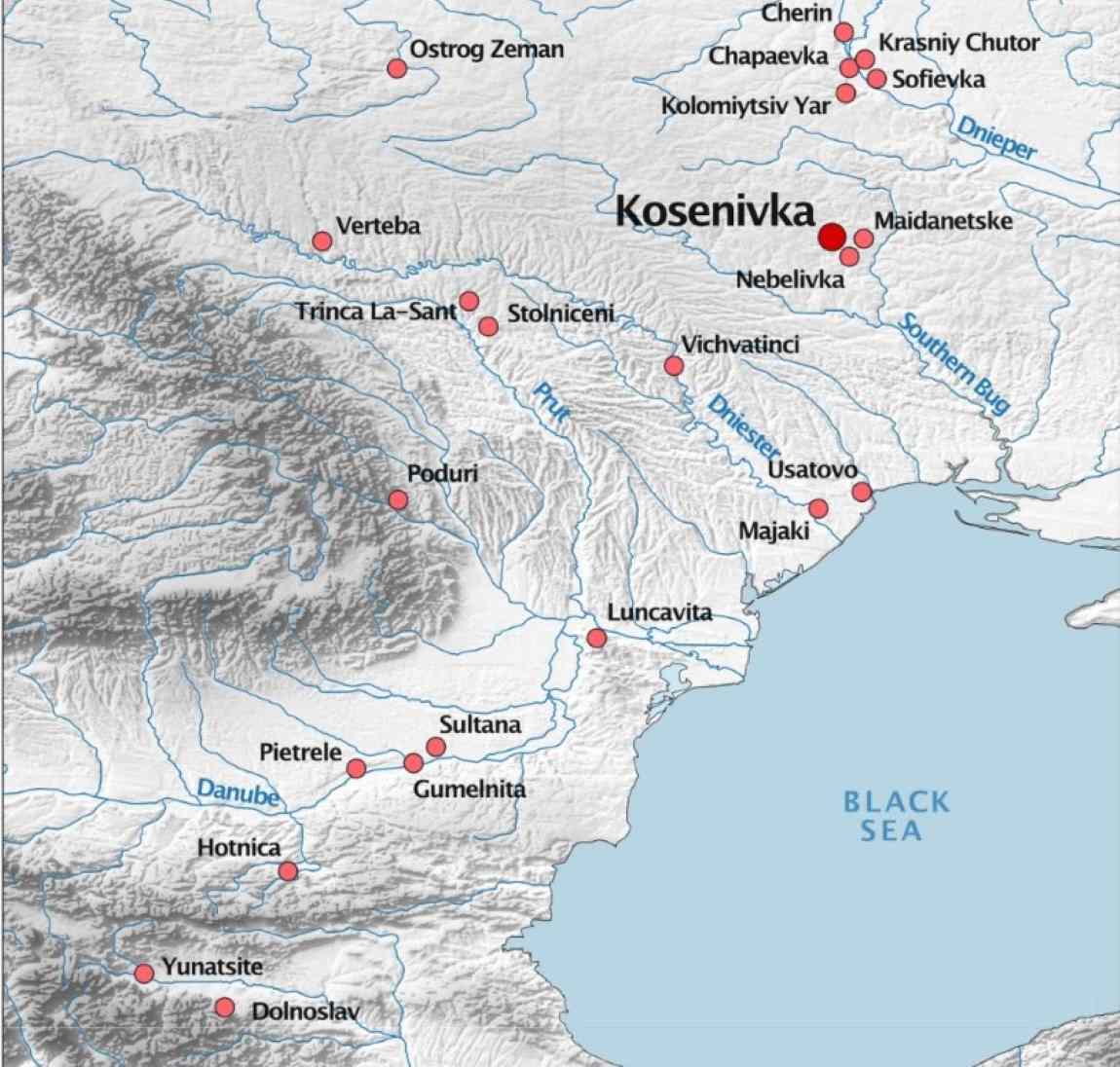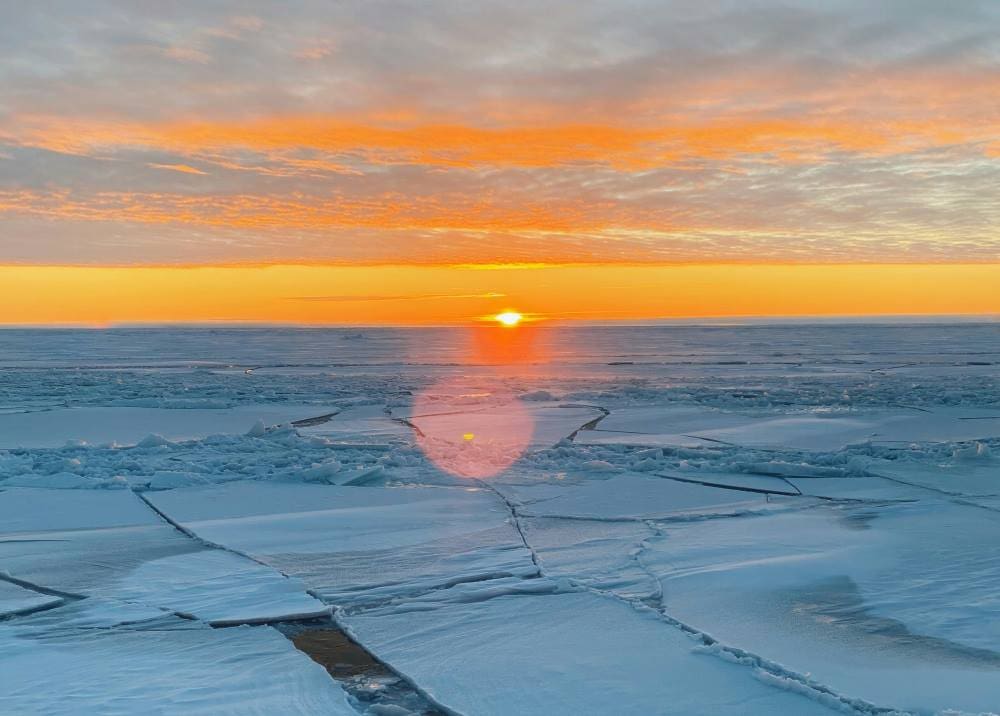A study led by Johannes Müller at the Institute of Prehistoric and Protohistoric Archaeology, at Kiel University, sheds light on the lives of Neolithic individuals associated with the Cucuteni-Trypilla culture in modern-day Ukraine.
Published in PLOS ONE, the research offers detailed insights into human diets and causes of death at a settlement near Kosenivka, dating back over 5,600 years.

The Trypillia culture, which flourished between 5500 and 2750 BCE, was known for its large settlements, some housing up to 15,000 inhabitants. Despite the significant cultural and architectural remains left behind, human remains from these communities are rare, leaving many aspects of their lives uncertain.

At Kosenivka, archaeologists discovered 50 human bone fragments representing at least seven individuals, including adults and children. Four of these remains showed extensive burn marks, prompting researchers to investigate whether these resulted from an accidental fire or a specific burial practice.
Microscopic analysis suggested that the burns likely occurred shortly after death, raising the possibility that some individuals might have died from carbon monoxide poisoning during a house fire.
Radiocarbon dating further revealed that one person’s remains were from a century later, unconnected to the fire. Two other individuals had unhealed cranial injuries, raising questions about the role of violence.
Diet analysis provided additional insights into the lives of the Trypillia people. By studying carbon and nitrogen isotopes in the bones, alongside plant and animal remains, researchers concluded that meat made up less than 10% of their diets.
This aligns with dental evidence, which indicates a reliance on grains and plant fibers. The findings suggest livestock were primarily used for milk production and fertilizing fields rather than as a food source.
Cremation and house burials were uncommon within the Trypillia culture, making this discovery notable. Less than 1% of the dead were cremated, and house burials were even rarer. The remains at Kosenivka provide valuable insights into this ancient society.
“Skeletal remains are real biological archives,” said Katharina Fuchs, the study’s first author. “Although researching the Trypillia societies and their living conditions in the oldest city-like communities in Eastern Europe will remain challenging, our ‘Kosenivka case’ clearly shows that even small fragments of bone are of great help. By combining new osteological, isotopic, archaeobotanical and archaeological information, we provide an exceptional insight into the lives – and perhaps also the deaths – of these people.”
***
Funding
This research has been conducted in the scope of the CRC 1266 ‘Scales of transformation’ at Kiel University, funded by the German Research Foundation (DFG – Projektnummer 290391021 – SFB 1266). Awarded to KF, WK, JM. The funders had no role in study design, data collection and analysis, decision to publish, or preparation of the manuscript.
Journal Reference:
Fuchs K, Hofmann R, Shatilo L, Schlütz F, Storch S, Chabanyuk V, et al. ‘Life and death in Trypillia times: Interdisciplinary analyses of the unique human remains from the settlement of Kosenivka, Ukraine (3700–3600 BCE)’, PLoS ONE 19 (12): e0289769 (2024). DOI: 10.1371/journal.pone.0289769
Article Source:
Press Release/Material by PLOS
Featured image: Map showing the location of the settlement of Kosenivka and the Chalcolithic sites. Credit: Fuchs et al. (2024) | DOI: 10.1371/journal.pone.0289769 | PLOS ONE | CC-BY 4.0




